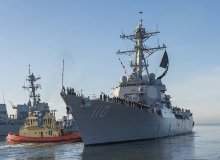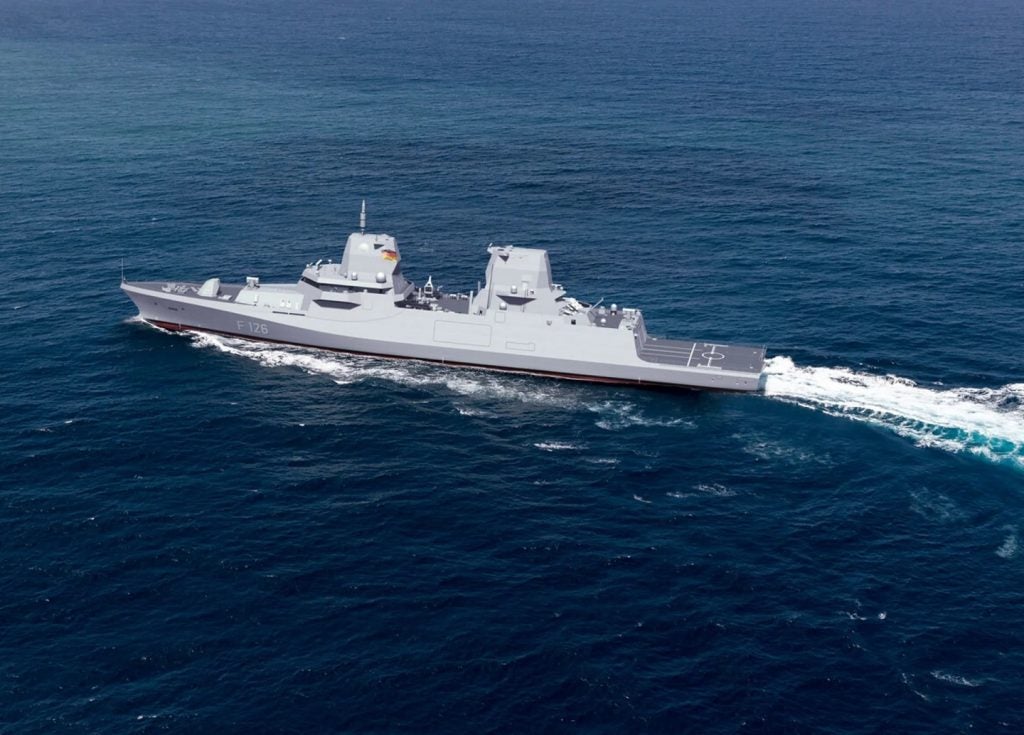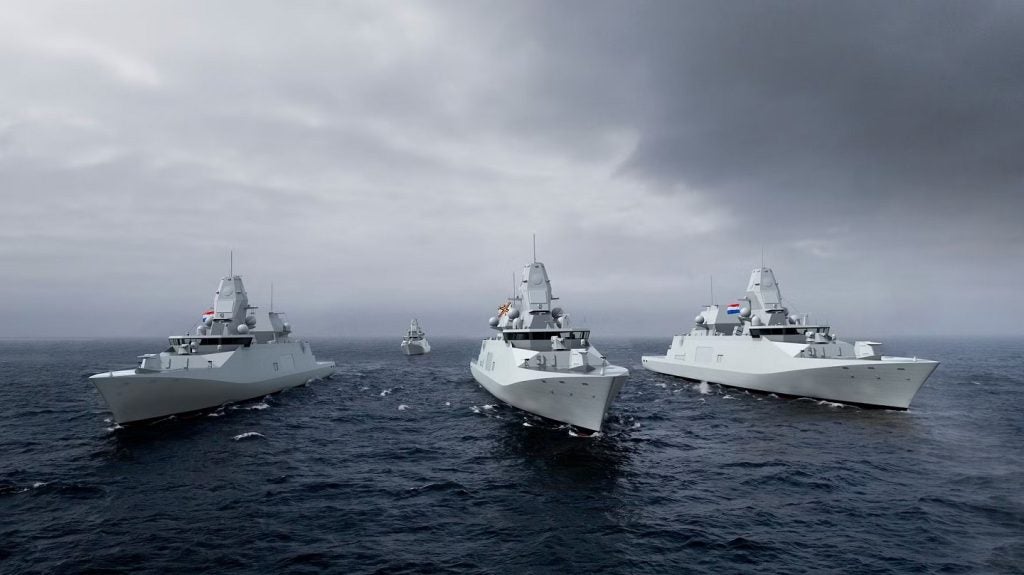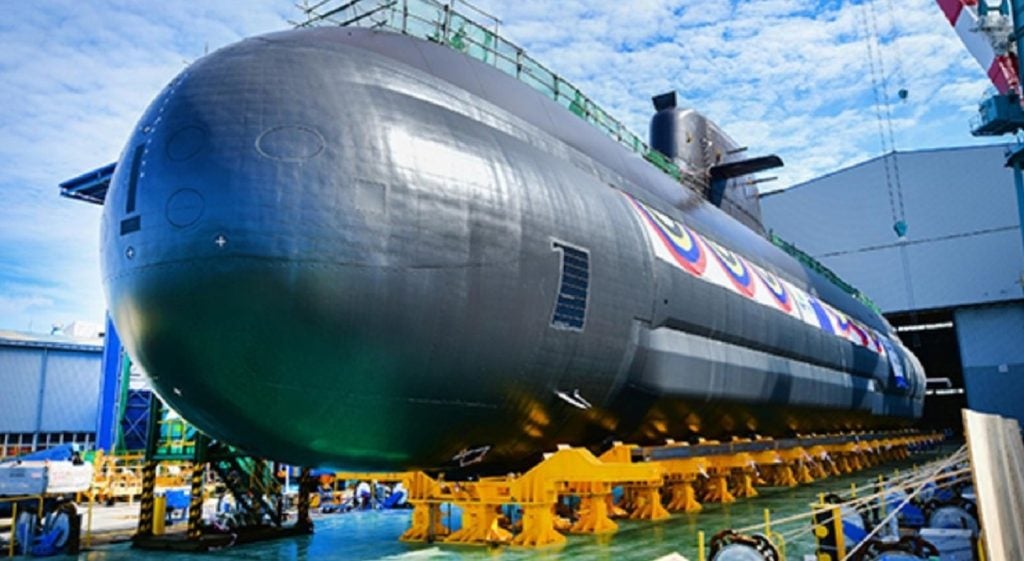

North Korea claims successful hydrogen bomb testing
North Korea claimed to have successfully tested a hydrogen bomb, which if confirmed will bolster the country’s nuclear strike capabilities.
Reports emerged that the testing triggered seismic activity of 5.1 on the Richter scale 49km away from the Punggye-ri site in the North Hamgyong province.
A report on state TV said North Korea had launched a ‘miniaturised’ hydrogen bomb, and that the test was a ‘perfect success.’
Boeing wins $2.46bn contract to deliver P-8A aircraft for US and Australia
How well do you really know your competitors?
Access the most comprehensive Company Profiles on the market, powered by GlobalData. Save hours of research. Gain competitive edge.

Thank you!
Your download email will arrive shortly
Not ready to buy yet? Download a free sample
We are confident about the unique quality of our Company Profiles. However, we want you to make the most beneficial decision for your business, so we offer a free sample that you can download by submitting the below form
By GlobalData
Boeing was awarded a $2.46bn contract to manufacture and deliver P-8A Poseidon maritime surveillance aircraft for the US Navy, and the Government of Australia.
The order is a modification of a previously awarded fixed-price-incentive-firm contract to exercise an option for 20 Lot III full-rate production P-8A aircraft, of which 16 are for US and four for the Royal Australian Air Force (RAAF).
Under this programme, Boeing will provide the RAAF with a complete training system for the P-8A, including simulators, mission crews, sensors, communications, and weapons systems.
UK Navy’s HMS Prince of Wales welcomes its first crew

The UK Royal Navy’s second Queen Elizabeth-class aircraft carrier, HMS Prince of Wales, welcomed its first crew, comprised of twelve personnel.
The team will coordinate with industry partners to get acquainted with the carrier’s structure, equipment and technology ahead of sea trials.
HMS Prince of Wales delivery director Angus Holt said: “The significance of the first Royal Navy personnel joining the nation’s future flagship cannot be underestimated and marks an important part of our delivery programme.”
Indian Navy launches its long-range Barak-8 from INS Kolkata
The Indian Navy successfully test-fired Barak-8, a newly developed long-range surface-to-air missile (LRSAM) from Kolkata-class guided-missile destroyer INS Kolkata.
Built at the Indian Government-owned Bharat Dynamics Limited, the Barak-8 LRSAM was launched to destroy a mock airborne target at an extended range.
The LRSAM project has been jointly undertaken by the Indian Defense Research and Development Organization (DRDO) and Israel Aerospace Industries (IAI), Israel.
Germany to deliver patrol boats to Saudi Arabia amidst public execution protests
Germany’s Bremen-based dockyard, Luerssen, reportedly commenced construction of 15 patrol vessels for Saudi Arabia amidst global condemnation of the Middle East country’s public executions.
However, according to German news-site Ostsee-Zeitung, the German Federal Ministry of Economics has confirmed commencement of the production of an arms-export contract with Saudi Arabia.
The TNC 35 patrol boats to be procured under the current contract are 35m-long vessels, propelled by two diesel engines with a combined output of 7,800kW, reaching a speed of up to 40k.
Northrop awarded $286m contract to produce first Japanese E-2D Advanced Hawkeye

Northrop Grumman was awarded a US Navy contract modification worth $285.97m to engineer and provide technical support to configure the first Japanese E-2D Advanced Hawkeye.
Under the contract, Northrop will use the same E-2D multiyear production line used for the US aircraft to ensure an efficient and affordable delivery schedule.
In January 2015, the Japan Ministry of Defense selected the E-2D Advanced Hawkeye airborne early warning (AEW) aircraft and the RQ-4 Global Hawk unmanned aircraft system in order to enhance the nation’s security.
Raytheon successfully conducts active seeker test for Tomahawk Block IV
Raytheon successfully completed a captive flight test of a seeker designed for the Tomahawk Block IV cruise missile.
The test has been carried out with a modified Tomahawk missile nose cone, mounted on a T-39 test aircraft, and installed with a seeker integrated with the firm’s new modular and multi-mode processor.
Raytheon Air Warfare Systems vice-president Mike Jarrett said: “Tomahawk is evolving to meet the US Navy’s need to add offensive punch and expand the overall power of the fleet worldwide.
“The seeker test has successfully demonstrated the superior capability and maturity of our seeker technology against a variety of targets that resemble today’s threats.”
Indonesia launches first Sigma guided-missile frigate

Indonesia’s state-owned shipyard PAL launched the first of two Sigma 10514 Perusak Kawal Rudal (PKR) guided-missile frigates, manufactured in collaboration with the Netherlands-based Damen Schelde Naval Shipbuilding (DSNS).
The Indonesian Navy (TNI AL) will operate the frigates for anti-air warfare, anti-surface warfare, and anti-submarine warfare. They are also suitable for maritime security, search-and-rescue, patrol, and humanitarian support missions.
PAL president director Firmansyah Arifin said: “The launching of the first PKR went very smoothly. We are confident that the installation of the remaining technical parts of the vessel will be carried out in due time, so that the delivery phase can be achieved on or ahead of schedule.”
NRL completes testing of cooperative soaring technology for UAV Sailplanes

The US Naval Research Laboratory (NRL) completed testing of cooperative autonomous soaring algorithms, aimed at keeping unmanned flights airborne for longer.
The tests, which were conducted in partnership with the Air Vehicle Intelligence and Autonomy (AVIA) Lab at Pennsylvania State University (PSU), aim to emphasise the concept of shared soaring data between two unmanned aerial vehicles (UAVs).
Solar-soaring programme principle investigator and an aerospace engineer Dan Edwards said: “These tests showed both the NRL and PSU’s autonomous soaring algorithms are successful at finding and using thermals by themselves.
“More importantly, this testing showed proof of concept on multiple occasions, with both aircraft finding thermals and calling the other aircraft over to use the same area of lift to increase endurance of the swarm.”
US Navy fleet begins operating on alternative fuel
An Arleigh Burke-class guided missile destroyer, the USS Stockdale (DDG 106), became the first US Navy ship to run on an alternative fuel blend as part of its regular operations, following the launch of the Great Green Fleet.
The Great Green Fleet is an initiative undertaken by the navy to use alternative fuel in its fleet.
US Navy Secretary Ray Mabus said: “The Great Green Fleet shows how we are transforming our energy use to make us better warfighters, to go farther, stay longer and deliver more firepower. In short, to enable us to provide the global presence that is our mission.”







